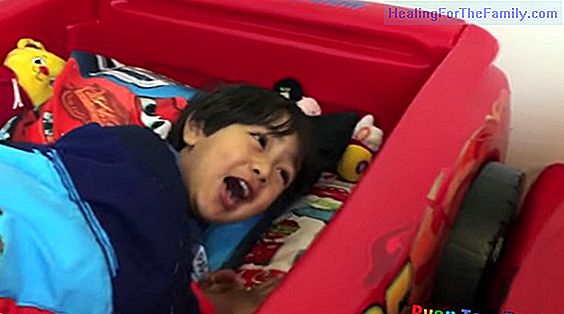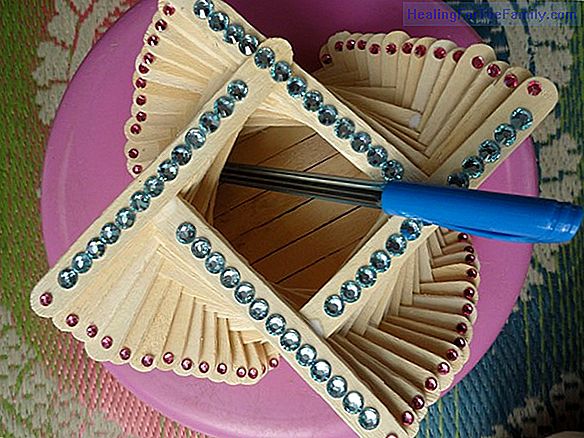When to operate a child of vegetations
Where the nose and mouth meet, there are the adenoids, better known as vegetations , but do not pretend to see them in the mirror, it will be impossible. What you can see are the tonsils or palatine tonsils, which, like the adenoids, can also become inflamed. They are composed of lymphatic tissue an
Where the nose and mouth meet, there are the adenoids, better known as vegetations, but do not pretend to see them in the mirror, it will be impossible. What you can see are the tonsils or palatine tonsils, which, like the adenoids, can also become inflamed. They are composed of lymphatic tissue and their exact function continues to be the subject of scientific debate.
In theory, these are organs through which the body "learns" to recognize the strange and to defend itself. However, many of the children whose adenoids, tonsils, or both are removed, do not subsequently suffer an increase in the number of infections. We tell you at what time it is decided to operate a child of vegetations.
Symptoms of vegetations in children

When the adenoids are larger than normal, some symptoms appear. That is when, colloquially, it is said that a child "has vegetations" . In Medicine, there is talk of adenoid hypertrophy. It is a characteristic situation of small children, between 3 and 6 years, and its origin could be recurrent colds, although this is not entirely clear either.The symptoms of adenoidal hypertrophy are due to obstruction of the passage of air through the nose, since its posterior outlet is obstructed. That is:
- Breathing with the mouth open continuously (adenoid facies).- Snoring while sleeping.
- Characteristic voice tone al, having his nose covered. - Bad breath in the morning (halitosis). -
Nasal congestion, persistent cough and runny nose.
-Repeated ear infections(otitis).
-
Brief pauses of breathing during sleep (apnea pauses). -
Drowsiness during the day due to bad night rest. In the presence of any of these symptoms, the specialist in otorhinolaryngology will assess each case and perform explorations and complementary tests to confirm the suspected diagnosis of adenoidal hypertrophy.
When is a child operated on vegetations And when should we think about operating? Each case must be assessed individually
by the specialist in otorhinolaryngology. The decision will be made based on the age and the impact of the symptoms. The objective, as always in Medicine and Surgery, is that the expected benefits outweigh the risks of the intervention. The surgery is relatively simple . Requires general anesthesia, but usually the child can return home the same day of the intervention and complications are rare. Vegetations are not a clearly delimited organ, so it is difficult to achieve complete extirpation. Because of this,
sometimes a second surgery is necessary after months or years sobre, especially if the first one was performed at an early age.
Frequently, the moment of the removal of the vegetations (adenoidectomy) is taken advantage of in order to also remove the tonsils
(tonsillectomy), in a procedure called adenotonsillectomy.












